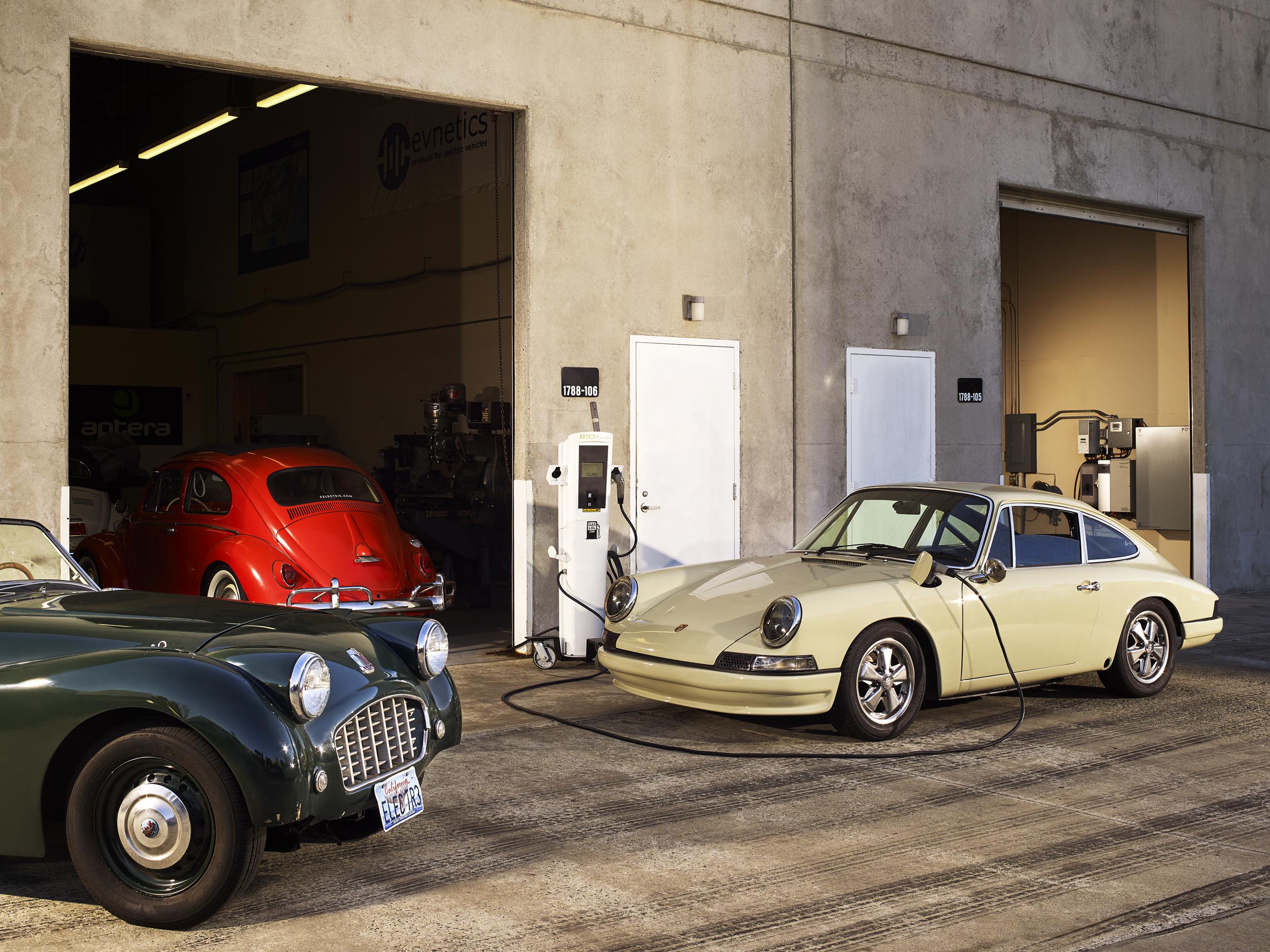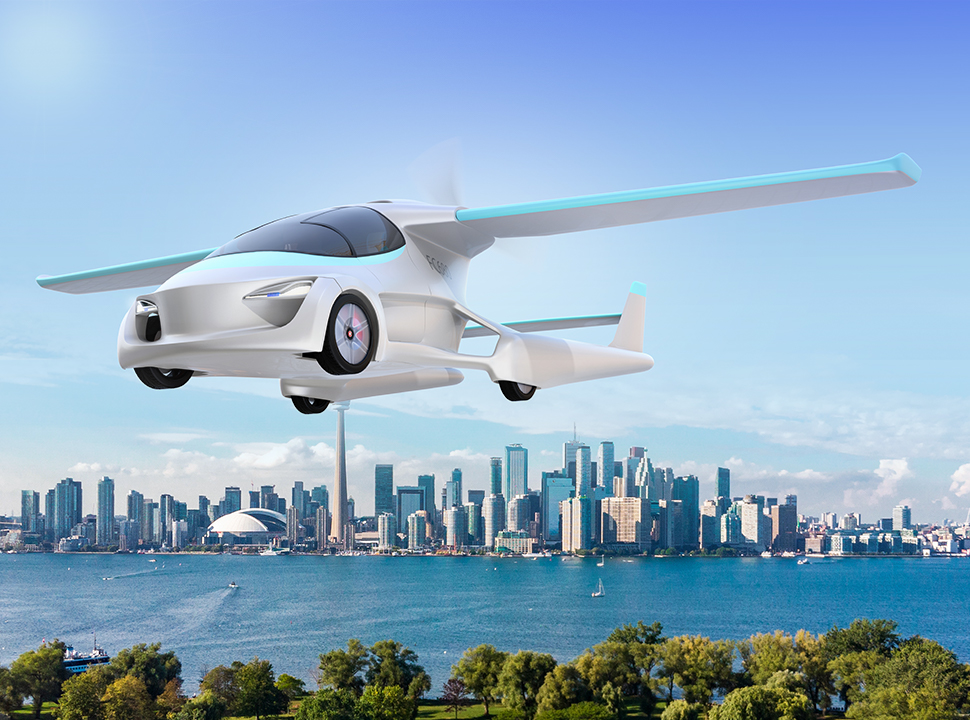Introduction
When you think of vintage cars, images of sleek, chrome-laden, and roaring engines might come to mind. These iconic classics have been the pride of car collectors and enthusiasts for generations. However, as we enter an era where sustainability and environmental concerns are paramount, a new trend is quietly but confidently making its way into the world of automobiles – the electrification of vintage cars.
The Drive Towards Sustainability
As the world grapples with the urgent need to reduce carbon emissions and combat climate change, the automotive industry is undergoing a seismic shift. Electric vehicles (EVs) have taken center stage, promising a greener and more sustainable future for transportation. But what about the beloved classics that have captured the hearts of automotive enthusiasts for decades?
Preserving the Past, Embracing the Future
The idea of retrofitting vintage cars with electric powertrains might seem counterintuitive to some, but it’s a solution that bridges the gap between nostalgia and environmental responsibility. Automotive engineers and enthusiasts alike are now taking on the challenge of preserving the aesthetic and historical value of classic cars while updating their power sources for a cleaner, quieter, and more efficient ride.
The Art of Electric Conversions
Converting a vintage car into an electric vehicle is no small feat. It involves removing the traditional internal combustion engine and replacing it with an electric motor, batteries, and a sophisticated control system. The goal is to seamlessly blend the classic look and feel of the car with the modern benefits of electric propulsion.
Restoring Classics with an Electric Twist
One of the most exciting aspects of the electrification of vintage cars is the opportunity to bring iconic models back to life. Imagine cruising in a 1967 Ford Mustang, a 1955 Porsche 356 Speedster, or a 1970 Volkswagen Beetle – all powered by electricity. These restorations not only appeal to die-hard fans of these classics but also introduce a new generation to the beauty and history of vintage automobiles.
Preserving the Soul of the Classics
One might wonder if converting a vintage car to electric power diminishes its essence. After all, the roar of a V8 engine and the smell of gasoline have their own charm. However, electric conversions strive to retain the soul of the classics. Engineers carefully select electric components that maintain the car’s character and performance while enhancing it with instant torque and silent operation.
The Environmental Impact
One of the primary reasons for embracing electric conversions is the positive impact on the environment. By replacing fossil fuel-powered engines with electric motors, these classics become emissions-free. This transformation contributes to the reduction of greenhouse gases and helps combat air pollution, making city streets cleaner and healthier for all.
Embracing Innovation and Technology
The electrification of vintage cars is not just about sustainability; it’s also about embracing innovation and technology. These conversions often incorporate state-of-the-art battery technology, regenerative braking systems, and advanced control units, ensuring that these classics are equipped for the future.
Challenges and Considerations
While the idea of electric conversions for vintage cars is undoubtedly exciting, it comes with its own set of challenges and considerations. Some of the key factors include:
Range Anxiety: The limited range of electric conversions can be a concern for long-distance drives, especially when compared to modern EVs.
Cost: Converting a vintage car into an electric vehicle can be expensive, often exceeding the value of the car itself.
Availability of Parts: Finding suitable components for conversions can be challenging, especially for rare or obscure models.
Heritage and Originality: Some purists argue that modifying classic cars in any way diminishes their historical and collector value.
Conclusion
The electrification of vintage cars is a fascinating fusion of the past and the future. It allows us to enjoy the timeless beauty and charm of classic automobiles while contributing to a more sustainable and eco-friendly world. As electric conversions become more accessible and technologically advanced, we can expect to see more classic cars silently gliding down the streets, reminding us that the automotive industry’s future is as bright as its storied past. So, whether you’re a die-hard classic car enthusiast or an advocate for a greener planet, the revival of electric classics is a trend worth celebrating.






